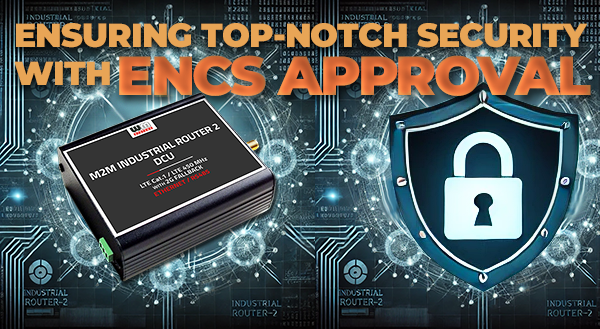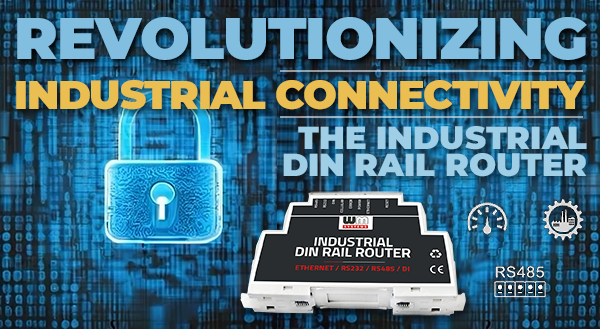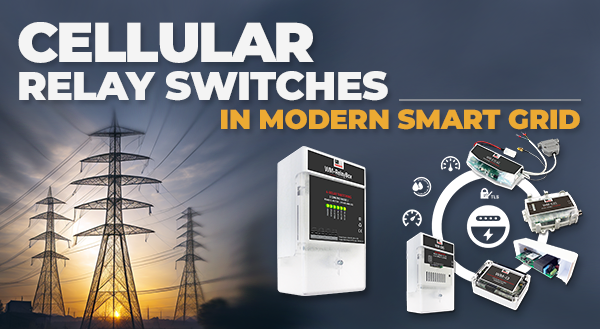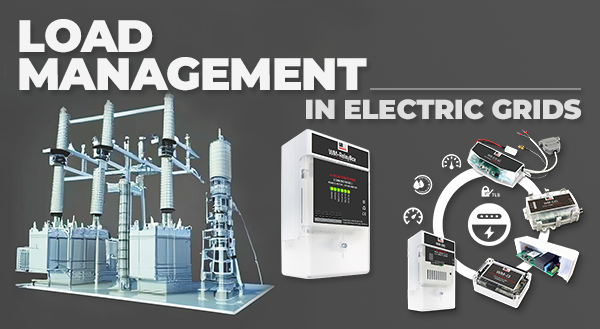Street lights are vital components of urban infrastructures. By illuminating the streets, roads, pavements, and other public spaces during the night, the lighting provides a safe and comfortable environment for both drivers and pedestrians. In particular, they enable people to see during the night hence preventing accidents, attacks, and criminal activities.
As towns continue to grow, the demand for street lighting is increasing. Consequently, this translates to more energy consumption. In most cities, public street lighting accounts for about 40% of the total energy consumption – making the cost of lighting one of the largest components of the local authorities’ budgets. Most often, sustaining the public street lighting can be a challenge, hence the need to optimize them.
One way of reducing energy consumption and light pollution is to deploy smart lighting systems. Authorities can achieve this by adding energy-efficient devices and appropriate intelligent solutions that ensure lamps will provide the right amount of illumination only when required. Such a smart light solution combines programmable controllers, switches, relays, light, and motion sensors. Generally, deploying the smart technologies provides an opportunity to save energy and money while reducing environmental degradation.
Today, most city authorities are replacing high energy consumption and traditional lamps with more efficient bulbs such as LEDs. However, the conventional controls do not provide much room for further energy savings, yet there are instances when the illumination goes into waste or not necessary. In particular, when the illumination level is constant throughout the on-state, most of the energy will go to waste.
Most authorities are adding smart technologies to control how the LEDs and other lamps work. Typical technologies include intelligent switches that remotely control an individual lamp or a group of lights. The basic operations include turning the lamps on or off and adjusting them depending on the illumination requirements, activities, and time of day.
The benefits of smart public lighting include;
A smart public lighting system comprises street lamps with sensors and connectivity solutions that enable them to communicate with each other or transmit data to and from a control platform. In a typical installation, the concentrator, located near the smart lights, manages the light-related data. It then transmits it to a remote server where operators can access and act on the information through web-based dashboards.
Some of the main parts of a smart public lighting system are;
While some modern street light systems have inbuilt options to add smart technologies, authorities must decide whether to replace older and inefficient fixtures or retrofit the existing infrastructure. A more practical approach is to repurpose the traditional, manual units by adding the communication and control systems.
The lighting controller may differ in terms of functionalities, form factor, and mounting options. A typical controller may look like a simple plastic box and comes with the cables that connect to the street lighting panel and usually connected to the lamp or power cabinet.
The installation procedure can be plug-and-play or hard-wired depending on the type of controller and lamp, mounting options, socket, compatibility, and whether adding the controller to a new or older lamp model or infrastructure.
Usually, the installation method determines if the smart light solution system supports individual lamps or segment (multiple lights) control levels. In some models, the manufacturer may install the controller inside the lamp. Alternatively, third party integrators can mount the controllers on older lamps or those without the inbuilt feature.
Besides the on-off functions, some controllers provide other smart capabilities such as dimming, scheduling, status monitoring, and failure notification.
The three main controllers based on installation are;
These are compact devices installed inside the lamp during the manufacturing process. One benefit of this controller is that it helps to maintain the aesthetics and has fewer integration issues.
The plug and play fit controllers fit in most modern lamps equipped with Zhaga or NEMA sockets. This option is the fastest to add smart capabilities to lamp models without inbuilt control features.
The pole-mounted controllers provide the most flexible option, and integrators can mount them inside or on the lighting pole. However, it is more expensive and complicated to install than the other options.
A typical unit has a weather-resistant casing and requires direct wiring and custom mounting. The direct wiring eliminates the need for specific lamps or connectors and can work with any type. Further, integrators can use it to retrofit traditional or older systems with minimal civil works and impact.
Programming options are useful in the optimization of smart street lighting systems. They provide the flexibility and customization that allows operators to configure the lights to meet various illumination demands. For example, configuring the lighting system to monitor the natural light in the morning and gradually dim down to complete shutdown, or increase brightness in the evening as darkness increases.
The programming enables smooth switching while improving energy efficiency.
Another option is to program the sensors to adjust light based on weather conditions and provide on-demand light when necessary during the night.
The programmable controllers provide various levels of dimming, which can be configured on-site or remotely. Other than adjusting brightness based on ambient light, some controllers have programmable schedule dimming features.
The light and motion sensors and intelligent controllers enable the streetlights to automatically adjust the brightness to correspond to real-time requirements or demand. For example, a motion-detecting street light automatically turns on or increase brightness upon detecting a car or pedestrian.
It then communicates the detection to the neighboring lights – enabling them to provide full light that follows the moving object. Once the person or vehicle is out of range, the lights turn off or dim depending on the programming.
Smart technologies provide options to control the individual lamps as well as a group of connected lights.
The individual lamp control relies on luminaire controllers. These have the lamp level intelligence and functionalities such as On/Off and dimming controls, while others may have additional features such as adaptive lighting.
Individual controllers may provide real-time monitoring and malfunctioning reporting and the status of the electrical parameters. Some may include light, motion, humidity, temperature, and other sensors. Since the lamp pole will have power throughout the day, authorities can enhance additional smart city applications by adding CCTV cameras, communication devices, and other sensors.
The segment level control involves creating a cluster of up to 200 street lights and connecting them to a single power control cabinet. In this configuration, a single cabinet controls all the lights in the segment. For example, it provides the on, off, and dimming functions for the lights.
Communication is a vital component of the smart street lighting infrastructure. In a typical installation, the street lights connect to the network via wireless or wired technologies. An operator can then use a laptop, computer, or tablet to access and configure the street lights, monitor, and control them according to the programmed modes. The systems use two-way communication to transmit relevant data from the street lights to the servers and control signals from the operators from the server to the lamps.
To ensure flexibility and adaptability of the smart public lighting system, providers should deploy standard technologies that are highly compatible. Factors such as lighting requirements and local area network coverage may influence the choice of communications technology. However, using an open or standard protocol enables easy upgrades and integration with compatible devices and technologies while preventing vendor lock-in.
Depending on the configuration, the authorities may use the private, public, or hybrid networks. Typical wireless technologies include;
There are several well defined and mature architectures for connecting the street lighting systems. These include;
The point to point configuration involves adding a cellular connection to each of the lighting poles. The installation is usually a fast and seamless operation that does not require gateways for pole-to-pole communication.
In this architecture, a PLC or short-range RF network connects a group of lights to a gateway and then links them to a cellular network.
The hybrid configuration combines the use of a short-range RF network that provides pole to pole communication and a two-way cellular connection that links them to cloud or on-premise servers or control platforms.
Smart technologies support controlling the lights remotely. The communication system determines whether an operator can control the lamps in real-time or not. In some installations, unstable or unreliable connectivity may limit real-time access and control. The local, simple on-off, dimming and scheduling controls are possible with low-cost connectivity solutions such as RF mesh or PLC. However, advanced smart applications such as adaptive lighting, emergency response, and other applications that require reliable, secure, and stable data transfer communication require better technologies such as cellular networks.
Today’s cellular networks provide faster, low latency connections that are reliable, scalable, highly standardized, and easy to install and maintain. Consequently, the networks provide an ideal and simple solution for connecting the street lights to the control platforms. Moreover, the 4G and 5G may support additional functions such asHD Video streaming, WIFI, air quality monitoring, smart parking, traffic management, and other applications.
Today, the availability of a wide range of intelligent wireless modules for smart systems, programmable modems, gateways, and other devices, enables providers and integrators to deploy comprehensive and flexible lighting solutions.
Typical software includes the on-off control and support for adaptive lighting functionalities like dimming or adjusting the illumination based on the time of day, available light, motion, activity, etc. Other considerations include good customization and reporting features that help operators to optimize the lighting systems.
Generally, an easy to configure, program, and use software enables quick configuration and control. However, smart operations also require a secure software and communication channel to prevent unauthorized access and control. Ideally, the software should itself be secure, rely on reliable encryption technology, and work via a VPN to protect the system and data.
Smart public lighting involves adding sensors, communication, and control technologies to the infrastructure. The technologies add intelligence-gathering capabilities and 2-way communication that allows automated and human operators to monitor and control the lights in real-time. Consequently, adding intelligence enables the city authorities to provide better lighting while reducing energy consumption, operational and maintenance costs, and environmental degradation.
Today, it is possible to upgrade or connect almost any type of streetlight to an intelligent controller. Whether HID, LED lamps on a modern or older infrastructure, there are suitable electronic controllers to support the lighting systems.

A Testament to Compliance with Key Cybersecurity Standards

We are thrilled to announce that Ali Mouslmani has joined WM Systems as our new partner in the United Arab […]

Introduction In the rapidly evolving world of industrial automation and IoT, the demand for compact, versatile, and efficient communication solutions […]

Introduction The fourth industrial revolution, or Industry 4.0, is redefining the landscape of industrial operations. Key to this transformation is […]

The group of WM Systems LLc.

Solar plants and farms are complex systems with a variety of equipment that needs to be monitored and controlled. This […]

Industrial settings are replete with equipment that demands efficient connectivity solutions. With the rise of the Internet of Things (IoT) […]

DIN-rail mountable industrial routers are an essential component of many industrial applications. They provide a reliable and secure way to […]

Make the modern smart grid more secure, resilient, and sustainable

In today’s dynamic world, understanding the nuances of electrical energy management has never been more crucial. A distinct feature of […]
